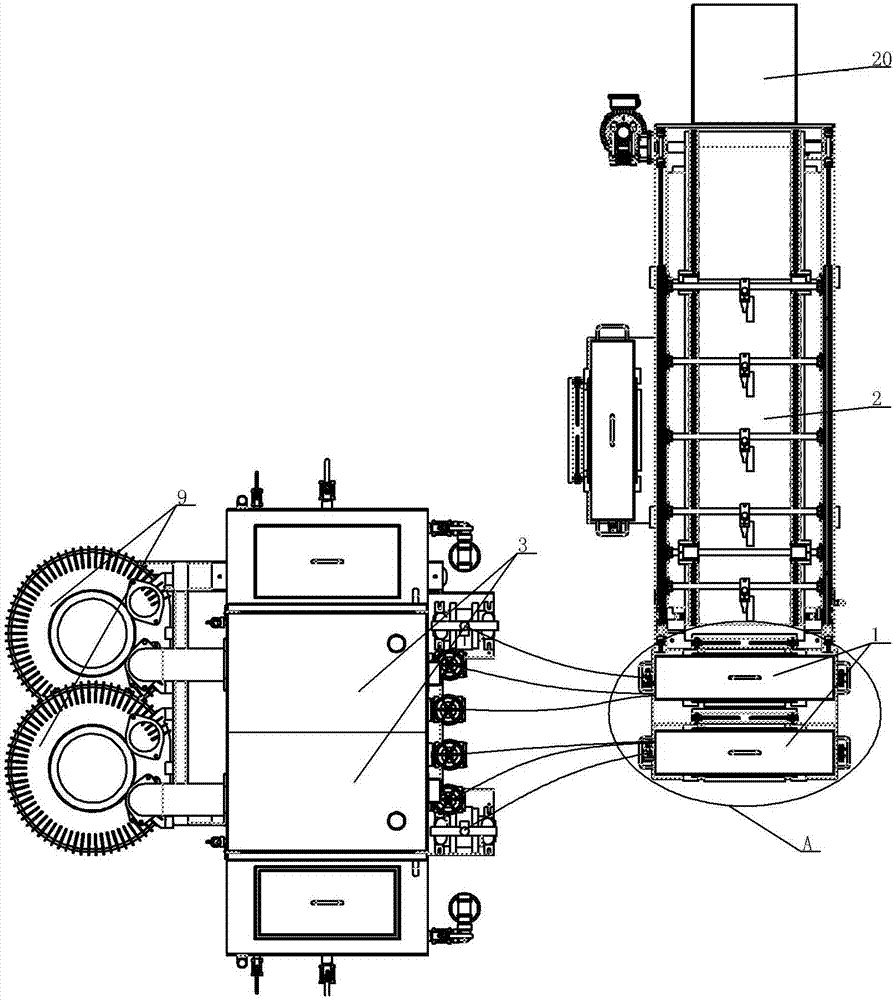
I. The concept and characteristics of vacuum spraying and ordinary spraying
Spray coating is a commonly used surface treatment process that can evenly spray the coating onto the surface of the substrate, thereby improving the mechanical properties, corrosion resistance, and aesthetics of the material. Conventional spraying is a common surface treatment technique that can use air or inert gas to spray coatings, typically suitable for general metal materials, wood, and plastics.
Vacuum spraying is a high-precision and high-quality spraying technology carried out in a vacuum state. By evaporating the target material as a target material, vapor phase molecules diffuse and deposit on the surface of the substrate in a vacuum environment, forming a thin film with uniform thickness, dense structure, excellent surface quality, chemical stability, and wear resistance.

II. The difference between vacuum spraying and ordinary spraying
1. Technical principle: The working principle of vacuum spraying is to control the evaporation of target materials to produce vapor phase molecules through a vacuum environment, and then accelerate the diffusion of vapor phase molecules in the vacuum environment by using an efficient vacuum pump, depositing on the surface of the substrate to form a uniform and dense coating. Ordinary spraying uses air or inert gas for spraying, and uniformly sprays the coating on the surface of the substrate through methods such as electrostatic adsorption or thermal softening.
2. Coating quality: The coating quality of vacuum spraying is high, with a dense, uniform film layer, no pores, no cracks, high hardness, high adhesion, and high wear resistance. And ordinary spraying is not as high-quality as vacuum spraying coating.
3. Coating thickness: The coating thickness of vacuum spraying can reach several nanometers to hundreds of micrometers, while ordinary spraying mostly ranges from a few micrometers to tens of micrometers.
4. Application areas: Vacuum spraying can be widely used in high-end fields such as special materials, electronic devices, and optical instruments in the aerospace industry, while ordinary spraying is suitable for daily life and industrial fields such as home decoration, mechanical manufacturing, and plastic products.
In summary, there are significant differences between vacuum spraying and ordinary spraying. Vacuum spraying technology has superior coating quality and performance, and has a wider range of applications, which can play an important role in high-tech fields.

